Historic Preservation Commission Board Meeting: Nov. 6, 2025 — Lessons, Decisions, and Next Steps
What happened: The Historic Preservation Commission met on November 6 to handle routine business, discuss recent City Council deliberations related to demolition and designation, review administrative activity, finalize recommendations for upcoming commission appointments, and talk strategy for the year ahead. The meeting surfaced an important theme that will shape the Commission’s work in the months to come: clarity. Clear findings, clear communication, and clear policies.
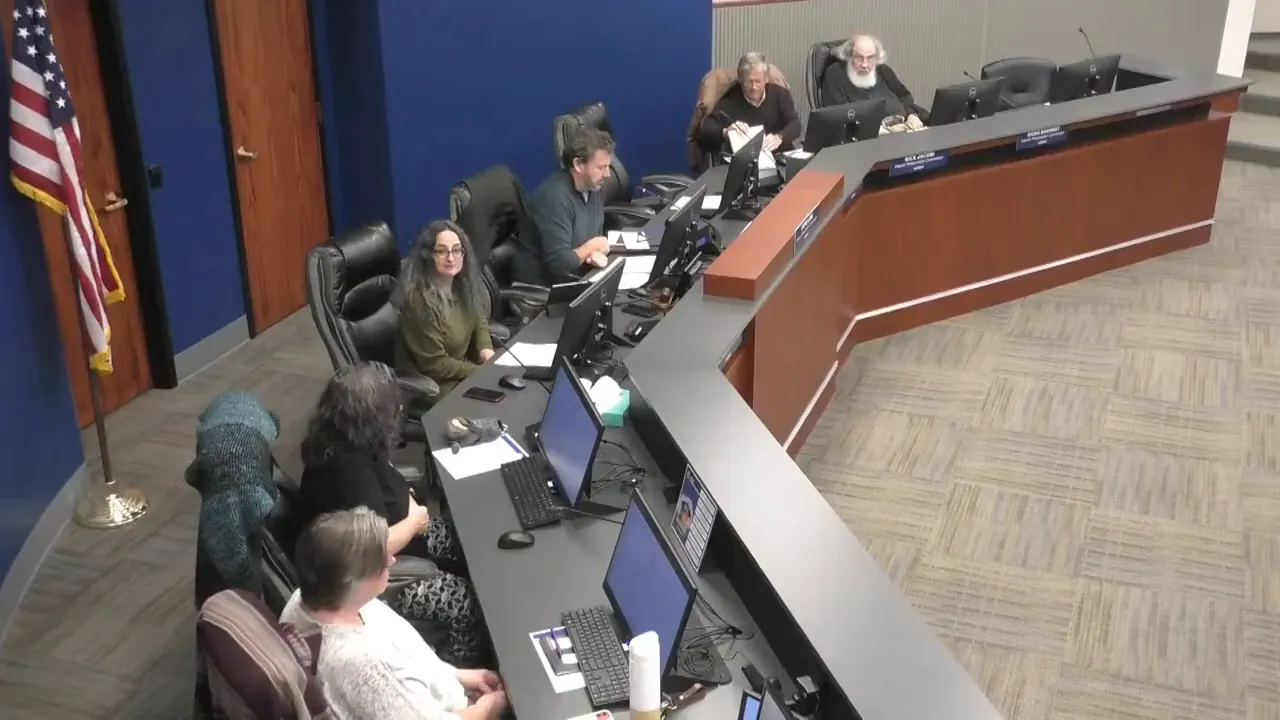
Table of Contents
- Overview: Key themes from the meeting
- Meeting highlights
- Why clear, written findings matter
- Staff update and process complexities
- Conservation overlays and fee waivers — a policy update
- Board composition, terms, and Certified Local Government requirements
- Administrative activity and conference plans
- Demolition cases, recurring developers, and district expansion
- Recommendations emerging from the meeting
- Practical templates and checklists
- How neighborhoods can pursue a conservation overlay
- Balancing clarity and flexibility in code language
- Training, conferences, and professional development
- Closing reflections
- FAQ
- Action checklist for the next 90 days
- Final note
Overview: Key themes from the meeting
This meeting underscored three practical priorities for anyone involved in local preservation work:
- Document decisions thoroughly — especially when the Commission reaches conclusions that differ from staff recommendations.
- Build institutional clarity — make sure City Council and the public can follow why the Commission made a particular decision.
- Strengthen the bench — board composition matters, both for day-to-day technical reviews and for satisfying state and federal expectations under Certified Local Government rules.

Meeting highlights
The meeting opened with routine procedural items: approval of the October minutes and confirmation of a quorum. The chair took the opportunity to address a recent City Council public hearing that had created confusion around why a demolition review was forwarded to Council rather than approved outright. That exchange became a springboard for pragmatic reflections on process and communication.
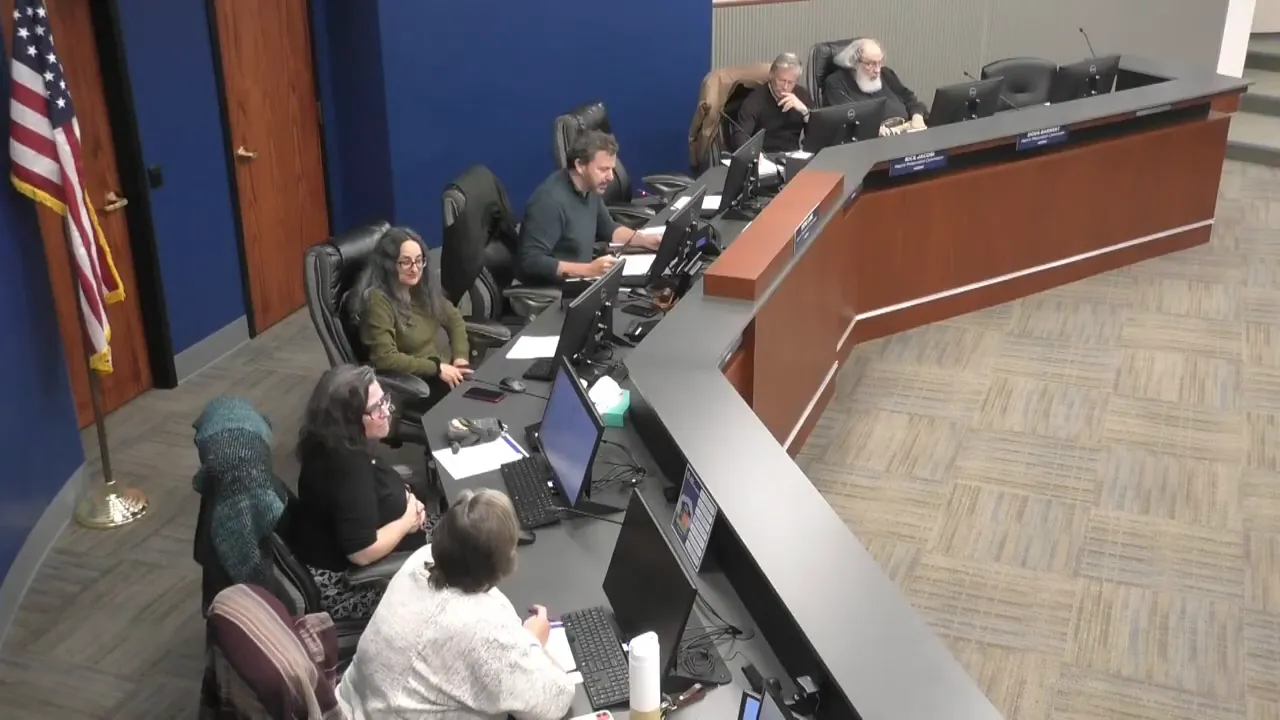
Chair’s candid assessment
The chair acknowledged frustration about Council members appearing perplexed by the Commission’s decision to escalate a demolition request. The point was not to criticize Council but to identify a gap: when the Commission makes a decision that diverges from staff recommendations, the Commission must provide a clear written rationale so others can understand the legal and policy basis for that choice.
“We cannot expect staff to defend a position that they didn’t take in the first place.”
That line captures the meeting’s tone: accountable and practical. If the Commission adopts a conclusion based on its interpretation of historic significance, that finding should be explicit and recorded in the minutes, the staff report, and any memo transmitted to City Council.
Why clear, written findings matter
Decisions about landmark designation and demolition affect property rights, development outcomes, and neighborhood character. They also sometimes prompt legal and political scrutiny. When the Commission and staff reach different conclusions, the record becomes the primary tool to explain why the Commission acted as it did. A clear record does several things:
- It gives City Council a concise legal and factual basis for deliberation.
- It protects the Commission from being portrayed as arbitrary or capricious.
- It helps the public, property owners, and future boards understand the reasoning behind a designation or denial.
Practical consequence: when the Commission intends to take a position different from staff, include a findings package with the motion. That package should be distributed with the meeting packet so Council and the public see it in context.
Suggested elements for a findings package
- Summary finding: One-paragraph statement of the Commission’s decision and its direct effect.
- Legal standard: Cite the specific code sections and definitions relied upon. If “historic significance” is the fulcrum of the decision, note how that definition was applied.
- Facts: A concise list of historical, architectural, or contextual facts that led to the conclusion.
- Analysis: Connect the facts to the legal standard in plain language — explain why the building meets or fails to meet the definition.
- Conclusion and recommended action: State the narrow action requested (e.g., designation, denial of demolition permit, forwarding to Council) and any conditions or follow-up required.
Including that material in the staff report or as an addendum will make Council deliberations cleaner and reduce misunderstandings about intent.
Staff update and process complexities
The staff liaison reported on the legal guidance received during the recent Council hearing: do not alter the staff presentation when a hearing is not an appeal. Instead, keep the staff recommendation intact but explicitly acknowledge the Commission’s differing view. That approach preserves the staff’s position while allowing the Commission’s voice to be heard through a clear, separate record.
Two additional process points stood out:
- Demolition vs. no demolition: The staff emphasized how much longer review processes typically are when a demolition permit is requested. Demolition triggers additional protections and procedural steps that do not apply when owners seek ordinary alterations.
- Definition clarity: Council members asked whether the code definitions are sufficiently clear. The staff noted a tension: precise definitions can provide clarity but may remove necessary flexibility for context-driven preservation decisions.
Both points have practical implications: applicants should expect extra time for demolition requests, and the Commission should work to make its application of definitions transparent.
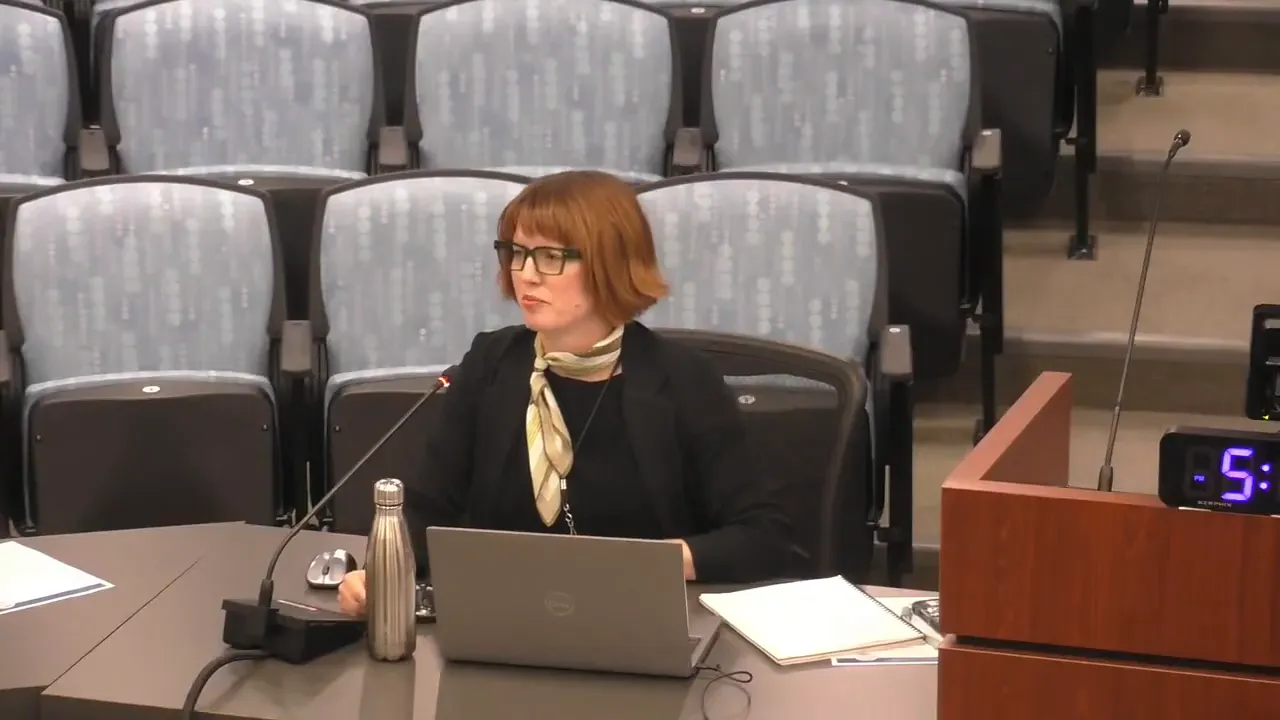
Conservation overlays and fee waivers — a policy update
The Commission reviewed progress on an amendment to the Land Development Code that would allow City Council discretion to waive development review fees for registered neighborhood groups seeking a conservation overlay zoning district. The proposal arose from a neighborhood request and was refined to apply broadly rather than as a single exception.
The proposed amendment includes three eligibility criteria for Council to consider a fee waiver:
- Income threshold: The neighborhood’s census tract must be below 120% of area median income to indicate limited fundraising capacity.
- Property owner support: At least 50% written consent from property owners in the proposed overlay area.
- Demonstrated development pressure: The group must show evidence that development threatens the historic character of the neighborhood.
Council moved the item to a public hearing scheduled for November 18. If adopted, the amendment will create a predictable, equitable mechanism for fee relief while preserving Council oversight.

Board composition, terms, and Certified Local Government requirements
One of the practical tasks of the meeting was forwarding a slate of recommended appointments to City Council. The Interview Committee interviewed seven candidates across two days and recommended several appointments to create a balanced, technically capable Commission.
- Reappointment of two incumbent commissioners whose terms expire.
- Promotion of an alternate commissioner to a regular seat.
- Appointment of Dr. Aaron Haberman, a university history department chair, to meet the Certified Local Government professional requirement.
- Retention of one alternate and the appointment of a new alternate to replace a current alternate moving into a regular seat.
Why the CLG requirement matters: as a Certified Local Government, certain expectations exist for local preservation programs, including the presence of qualified professionals on the Commission. The municipal code typically requires a minimum number of commission members to be “qualified professionals” in fields such as architecture, architectural history, archaeology, planning, or history. These experts ensure technical rigor for complex reviews.
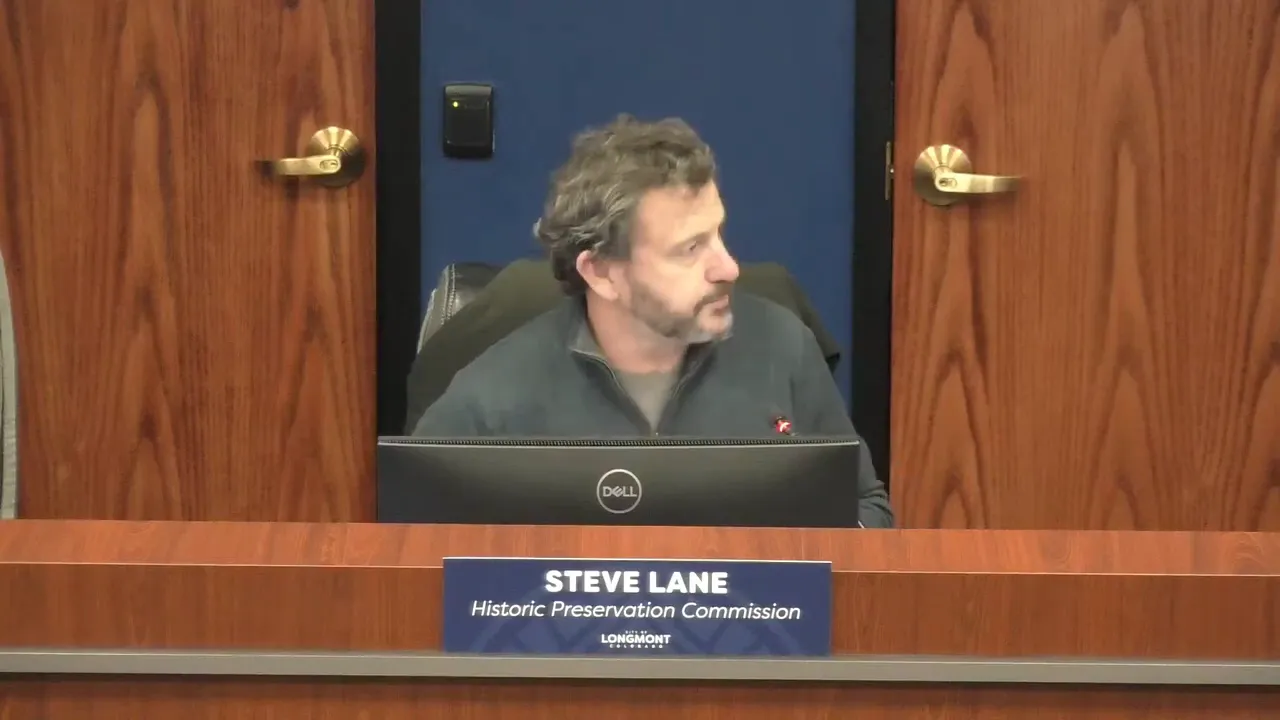
Rolling terms and the appointment process
The Commission’s terms are staggered. This rolling schedule means some new appointees fill partial terms and others receive full four-year terms. Partial terms do not always count toward term limits, and Council retains final appointment authority. The Commission’s role is to recommend a slate based on interviews and to provide clear reasons for its choices.
Administrative activity and conference plans
Staff noted a limited amount of administrative work in the prior month — an administrative Certificate of Appropriateness for new storm windows was processed. The Commission will likely meet on December 4 to hear an update on the Bo Prey Farm cultural and historic survey. Additionally, the regional Saving Places conference is scheduled for February 11 through 13 in Denver, and the staff will circulate registration information.
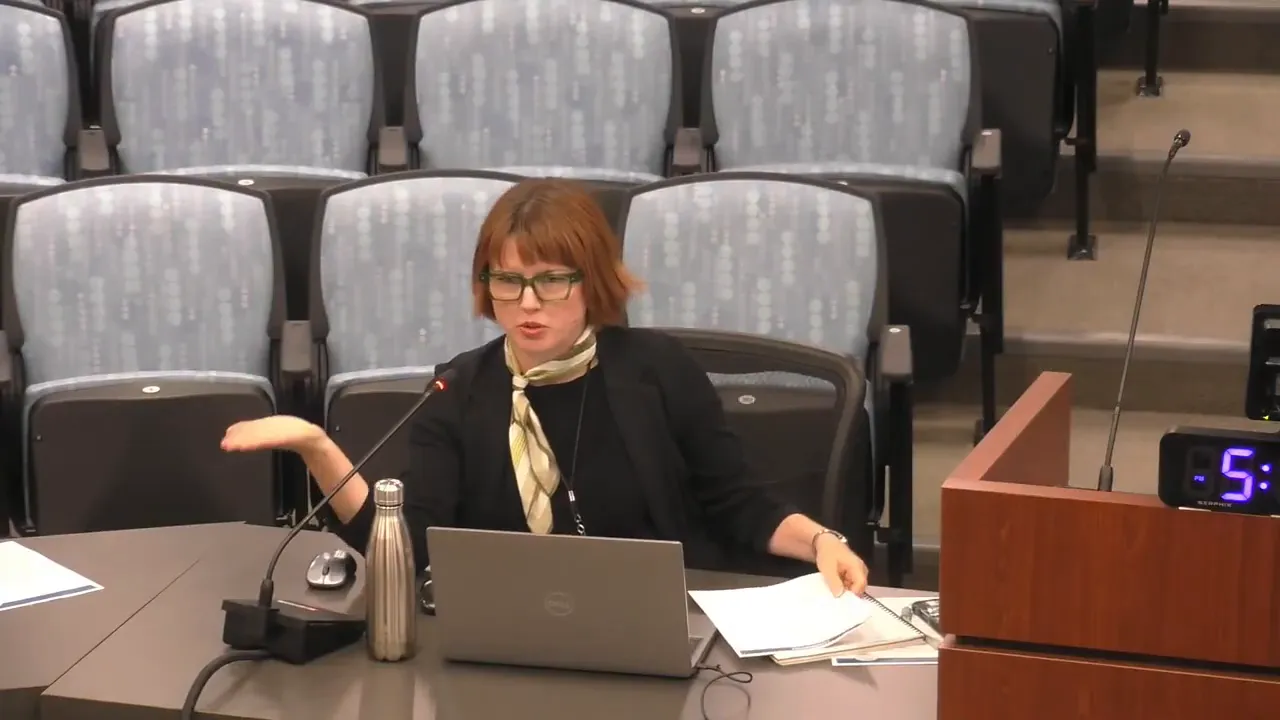
Demolition cases, recurring developers, and district expansion
Commission discussion returned repeatedly to a practical problem: the same developer has purchased, demolished, and redeveloped multiple older homes. One commissioner pointed to an 1880s Emory Street house that was removed and another earlier demolition that helped motivate recent revisions to the demolition ordinance. These repeated demolitions raise two questions:
- Are there policy tools that can better prevent serial loss of historic resources?
- Would expanding an existing historic district, such as the East Side Historic District, be an effective protective strategy?
Expanding a district can increase recognition and reduce the risk of piecemeal loss, but it is not a silver bullet. National Historic District designation offers recognition with relatively few regulatory controls, whereas local conservation overlays or local historic district zoning can create more direct protections. Each option carries trade-offs, including community buy-in, administrative burden, and legal complexity.
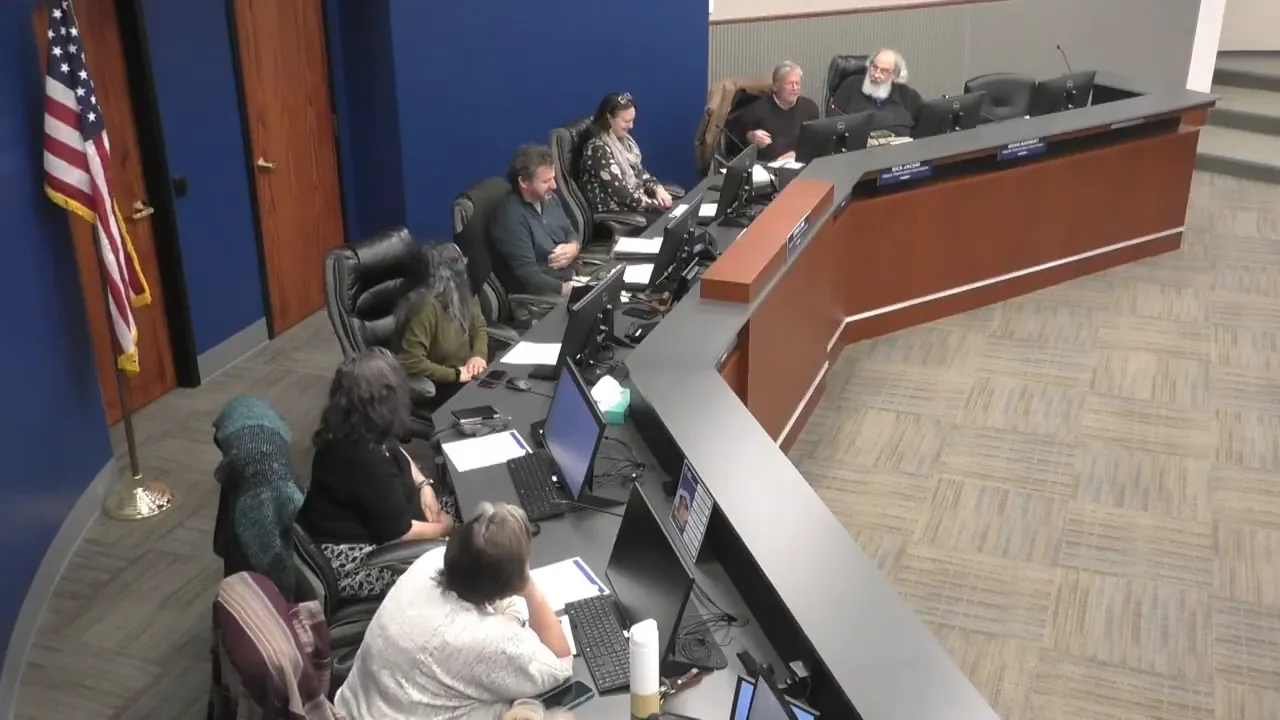
What expanded district designation could achieve
- Greater public recognition of a neighborhood’s historical and architectural values.
- Potential eligibility for preservation grants and tax incentives.
- Stronger local review mechanisms if the expansion is implemented as a local historic district rather than solely as a national register listing.
Before recommending expansion, the Commission should evaluate scope, neighborhood support, zoning anomalies, and the expected administrative workload. A strategic appraisal and outreach plan would be essential.
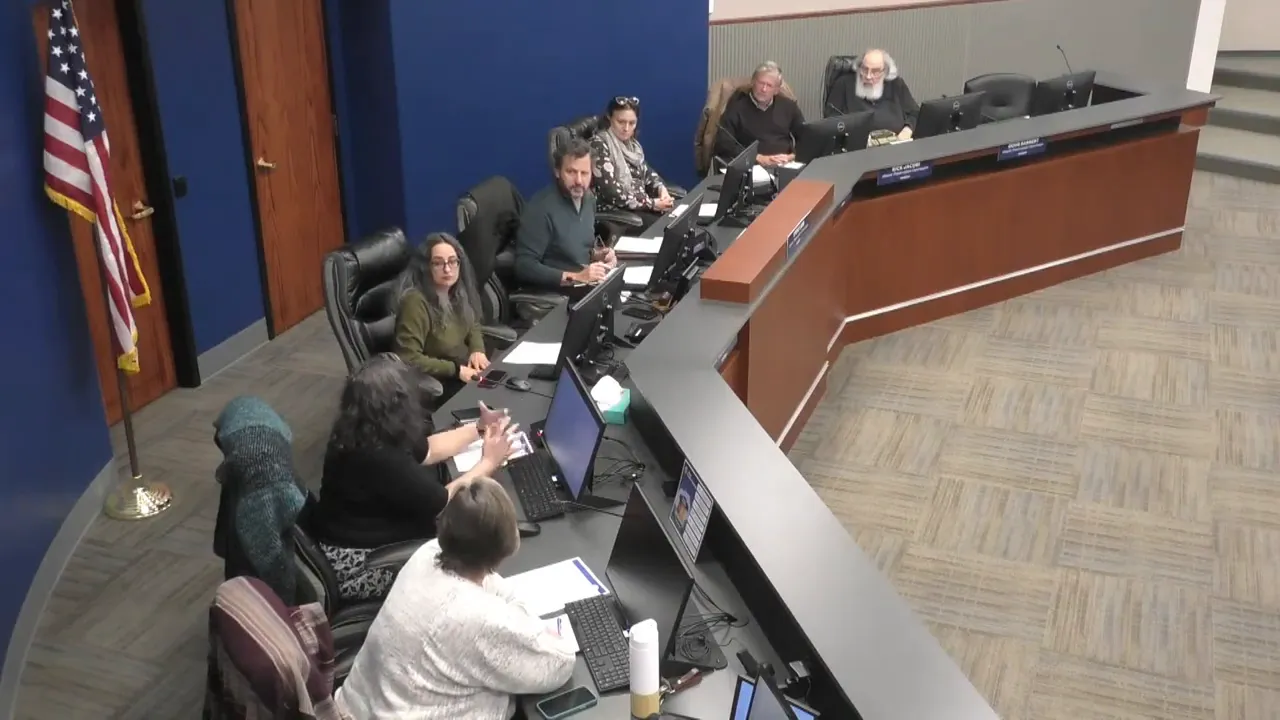
Recommendations emerging from the meeting
Several tactical next steps emerged from the discussion. These are practical, implementable actions that will strengthen both the Commission’s decisions and the public’s understanding of them.
1. Always accompany dissenting decisions with documented findings
When the Commission adopts a position that differs from staff, prepare and publish a findings memorandum that explains the legal standard applied, the specific facts relied upon, and how the Commission’s conclusion follows from the law. Share that memo with City Council prior to their hearing.
2. Provide Council orientation on preservation law and policy
Arrange a briefing with the incoming City Council to explain how recent demolition ordinance changes work, why certain processes exist, and what the Commission sees as pressing preservation priorities. A proactive orientation can avoid confusion and help Council have a shared frame of reference.
3. Build an internal template for findings and motions
Create a simple template commissioners can use when drafting motions that include: a short factual statement, the code sections applied, an analysis connecting facts to law, and the ultimate finding. A template saves time and improves consistency.
4. Schedule an annual retreat
Set aside time to discuss big-picture topics such as district expansions, outreach strategies, code changes, and training for commissioners. The meeting suggested several topics that would be suited for a retreat: district boundary evaluation, public outreach for signage and visual character, and tools to prevent serial demolition of historic resources.
5. Strengthen public outreach and education
Preservation outcomes improve when property owners and neighborhoods understand their options. Produce plain-language materials that explain the differences between national register listing, local conservation overlays, local historic districts, and Certificates of Appropriateness.
Practical templates and checklists
A short findings template for motions
- Title: Recommendation on [address or case number]
- Decision: Approve/deny designation, recommend denial/approval of demolition, or forward to Council
- Code section: Cite the exact code definition or provision (for example: “Historic significance, Section X.X”)
- Facts: Year built; architectural features; historical associations; context (neighborhood development pattern)
- Analysis: Explain how each fact meets each threshold of the code’s definition
- Conclusion: Clear statement of action requested and any conditions
Checklist for staff reports when demolition or designation is at issue
- Summarize staff recommendation and the factual basis.
- Include any Commission findings as an addendum if the Commission differs from staff.
- Provide a clear timeline for the applicant and public.
- List alternatives and mitigation options, if appropriate.
How neighborhoods can pursue a conservation overlay
Neighborhood groups considering a conservation overlay should begin by convening homeowners and collecting documentation that demonstrates historic character and development pressure. The proposed code amendment suggests three practical thresholds for a fee waiver and, more importantly, clarifies the steps for neighborhoods to prepare an application:
- Document the boundaries of the proposed overlay and identify property owners.
- Collect written consent from at least 50 percent of property owners if pursuing the overlay.
- Compile evidence of development pressure (recent demolitions, redevelopment proposals, or rezoning requests) and the elements of historic character the overlay would protect.
- Check the census tract income data if fee waiver eligibility is a concern.
- Engage with staff early to understand survey requirements and timeline.
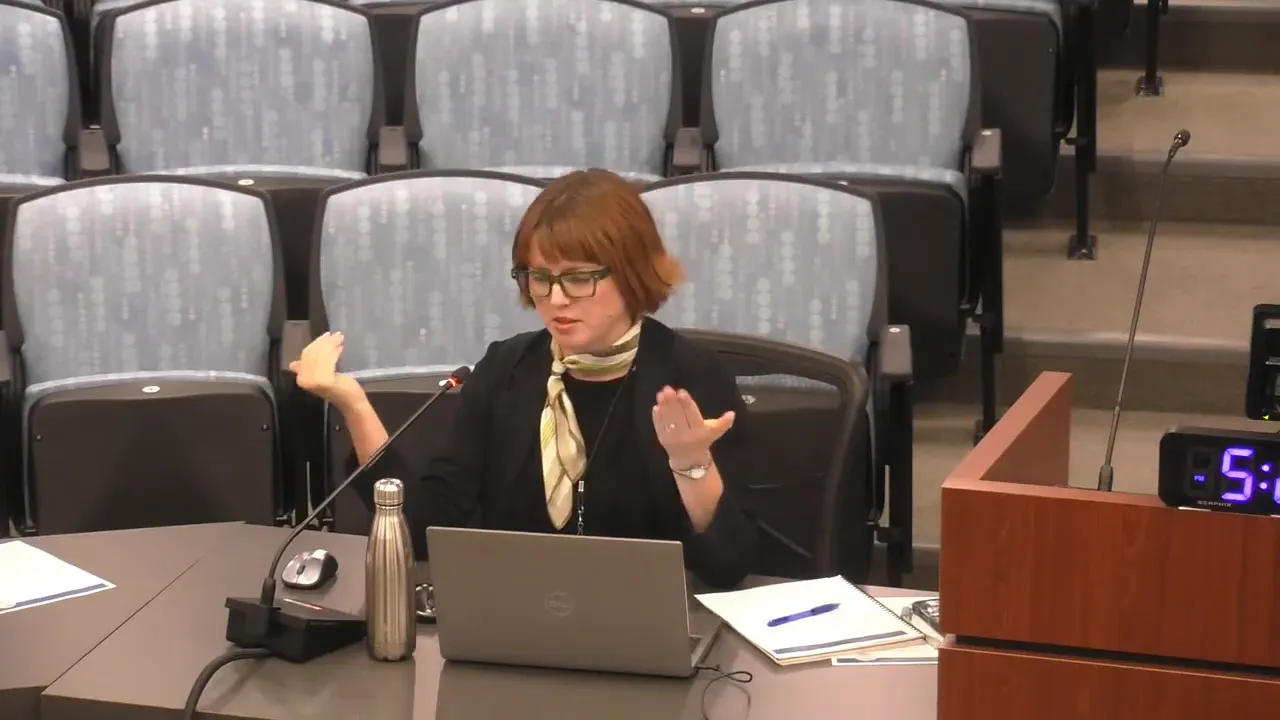
Balancing clarity and flexibility in code language
One recurring tension in preservation law is the trade-off between precision and flexibility. Precise code language reduces ambiguity but can lock decision-makers into rigid standards that fail to account for context. More open-language standards give decision-makers discretion but can create perception problems if outcomes are not clearly explained.
The solution is not to choose one extreme. Instead, ensure that discretion is accompanied by robust documentation. If the code retains flexible language (for good reasons), the Commission should provide transparent analysis when exercising that flexibility.
Training, conferences, and professional development
Investing in commissioner training pays dividends. The staff announced the Saving Places conference in February in Denver, which will provide opportunities for commissioners and staff to learn from peers about best practices in ordinance language, district formation, design review, and public engagement.
Participation in regional conferences also supports recruitment: when the Commission has a documented training program, it becomes easier to attract candidates with professional expertise.
Closing reflections
A public body’s strength is measured as much by how clearly it explains decisions as by the decisions themselves. The November 6 meeting demonstrated a constructive culture: commissioners were reflective, candid, and focused on practical improvements. From refining the record when positions diverge from staff to advising neighborhoods on overlays and fine-tuning the Commission’s composition to meet CLG standards, the path forward is one of both technical rigor and better communication.
The meeting’s action items are straightforward: document findings, brief the incoming Council, refine internal templates, and continue outreach. Those steps will reduce confusion, improve predictability for applicants, and strengthen the preservation program’s public legitimacy.
FAQ
What should the Commission do when its decision differs from staff recommendations?
Prepare a written findings memorandum that accompanies the motion. The memo should cite the code sections used, list the specific facts relied upon, provide an analysis connecting facts to law, and clearly state the requested action. Share this memo with staff and City Council before any Council-level hearing.
Why are Certified Local Government (CLG) qualifications important for the Commission?
CLG status requires a minimum number of qualified professionals on the Commission to ensure technical rigor in preservation decisions. These professionals (historians, architects, archaeologists, planners) provide expertise that supports survey work, designation recommendations, and complex preservation approvals. Maintaining that expertise also helps with grant eligibility and program credibility.
What triggers a longer review process — demolition or alteration?
Demolition requests trigger additional procedural protections and public review, making the process longer than for routine alterations. If an owner does not pursue demolition, many alterations can be processed administratively or with a more streamlined review.
How does a conservation overlay differ from a historic district?
A conservation overlay is a zoning tool tailored to protect the character of a neighborhood by setting review standards for changes. A historic district, especially a locally designated district, typically subjects exterior changes and demolitions to review by a local body. National register listing primarily provides recognition and access to incentives but imposes few direct controls unless tied to local regulation.
Who decides whether fees can be waived for conservation overlay applications?
Under the proposed code amendment, City Council would have the discretion to waive fees for registered neighborhood groups under specific circumstances (below 120% AMI, at least 50% written property owner consent, and demonstrated development pressure). The amendment would create a predictable framework for Council to use its discretion.
What are practical first steps for a neighborhood interested in a conservation overlay?
Organize a neighborhood steering group, map the proposed overlay boundary, gather written consent from property owners, document historic characteristics, assemble evidence of development pressure, and consult staff early about survey requirements and timelines.
If a developer repeatedly demolishes older homes, what can be done?
Options include pursuing local historic district designation, creating targeted conservation overlays, prioritizing outreach to property owners about preservation incentives, and using clear, documented findings to justify designation recommendations. Each tool has different legal effects and community implications, so a strategic evaluation is recommended.
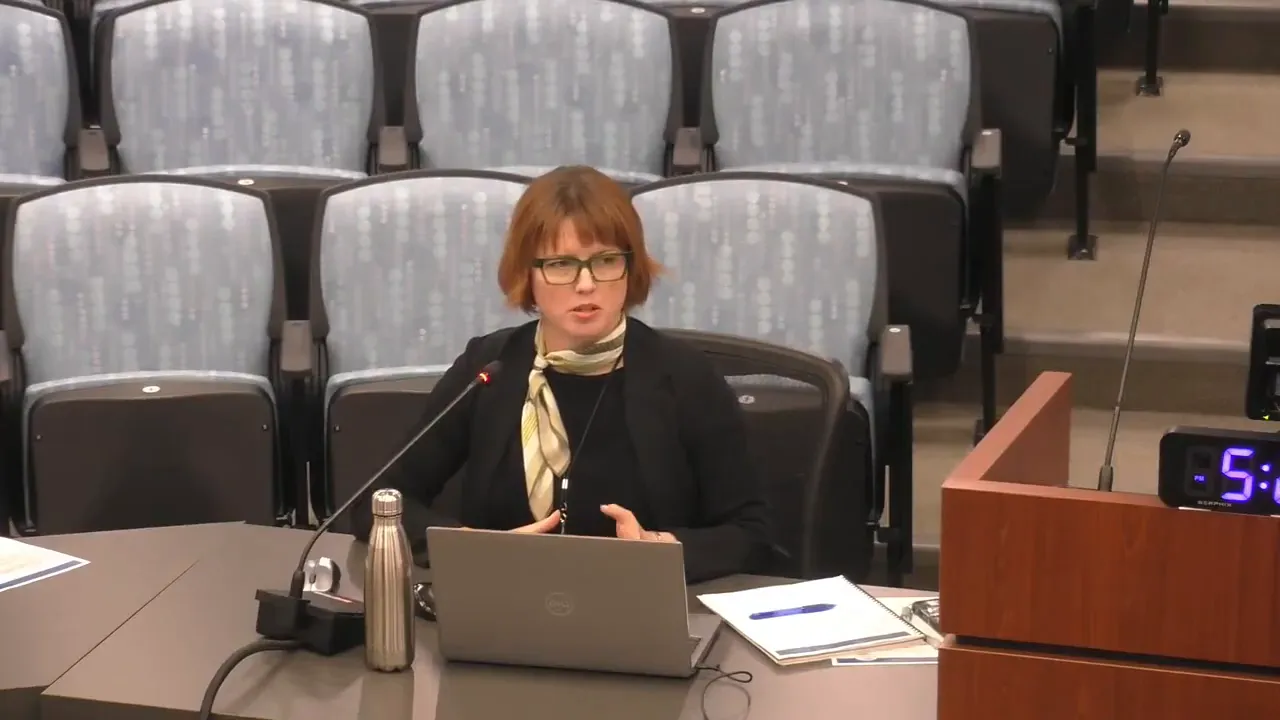
Action checklist for the next 90 days
- Adopt a findings template and include it in the staff report when applicable.
- Request a joint briefing with the incoming City Council to cover demolition ordinance basics and Commission priorities.
- Finalize and forward the slate of recommended appointments to City Council with a short explanatory memo about abstentions and CLG needs.
- Confirm December 4 meeting logistics and prepare materials for the Bo Prey Farm cultural survey update.
- Circulate Saving Places conference registration and encourage attendance for commissioners and staff.
- Schedule an annual retreat to discuss district expansion, outreach programs, and long-term preservation strategy.
Who to contact if you want to get involved: Reach out to the city staff liaison for guidance about forming a neighborhood group, starting a conservation overlay process, or learning more about designation options. Staff can provide survey templates, timeline estimates, and procedural checklists.
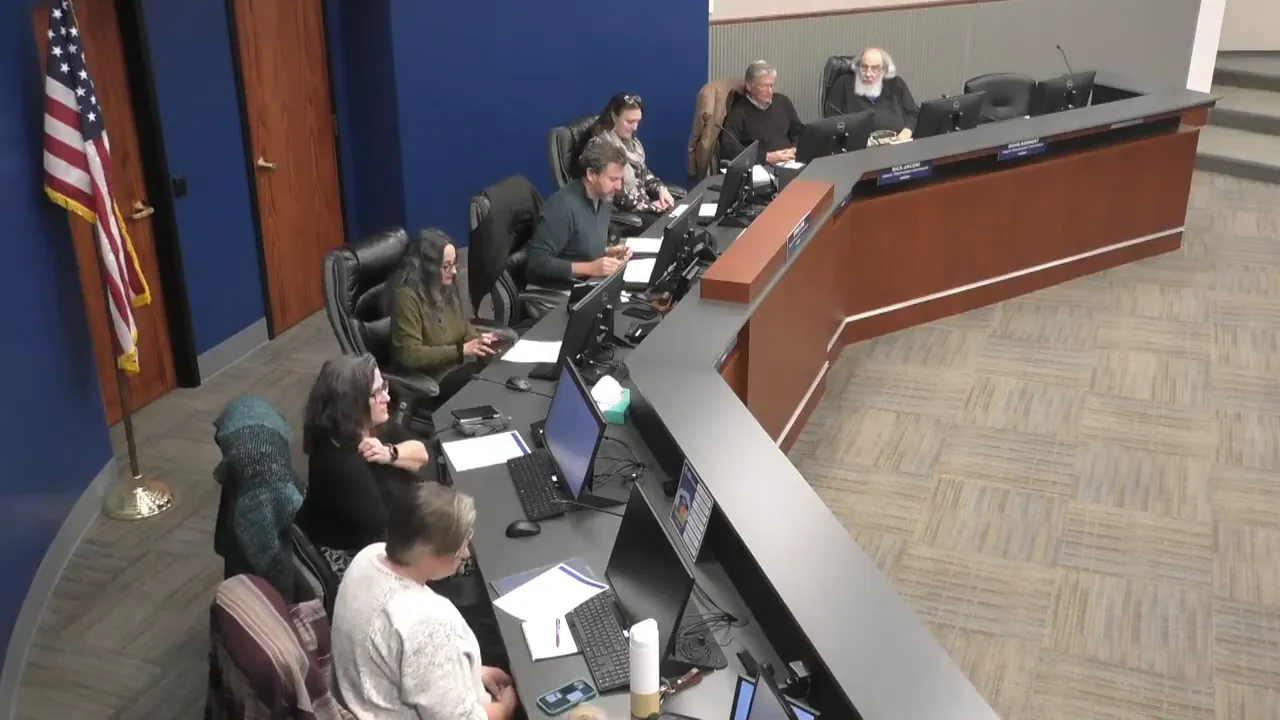
Final note
Preservation is ultimately about decisions made in the public interest: protecting tangible links to the past while accommodating reasonable change. The Commission’s discussions showed an appetite for both rigor and humility. By improving how decisions are documented and communicated, the Commission will make stronger cases for preservation outcomes and help City Council and the public understand why those outcomes matter.





